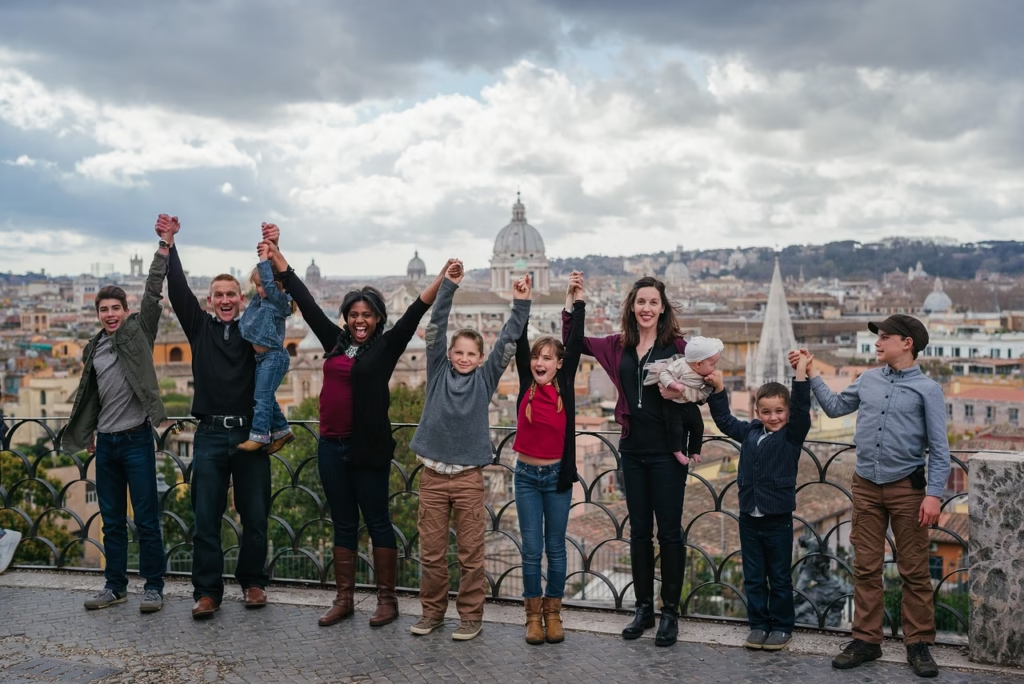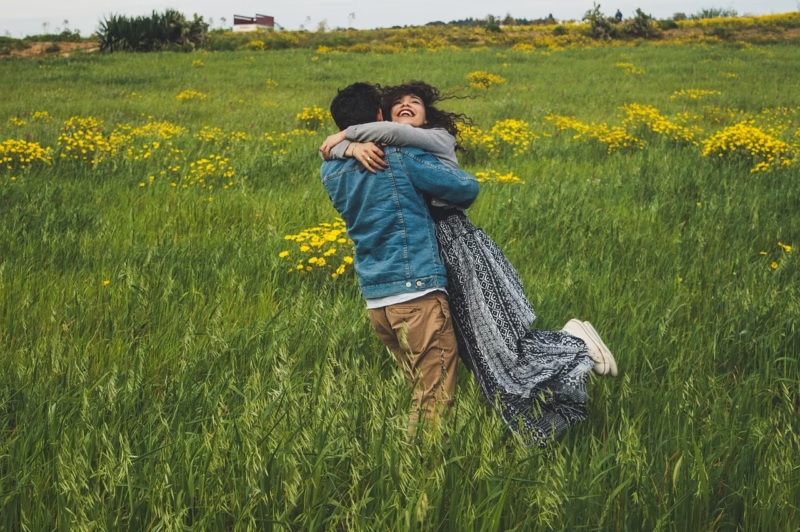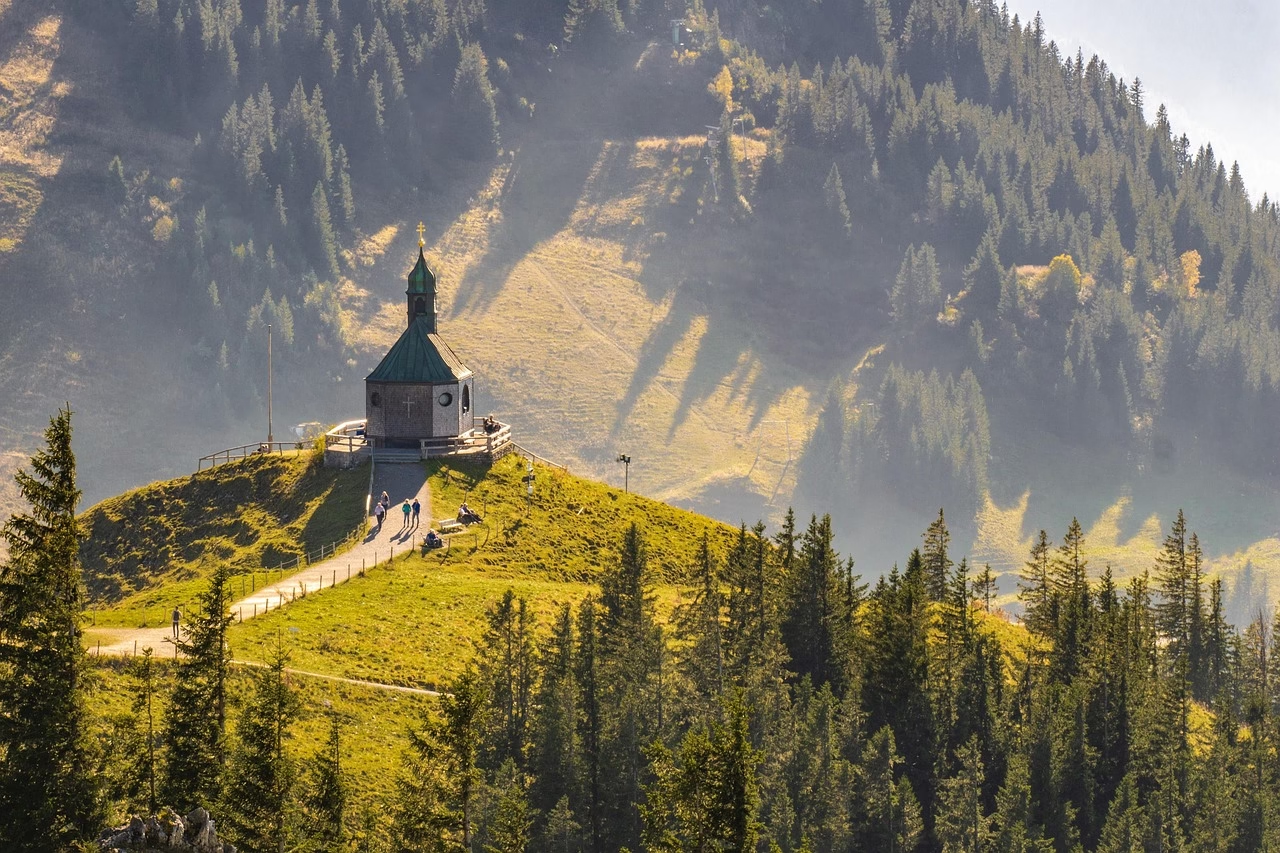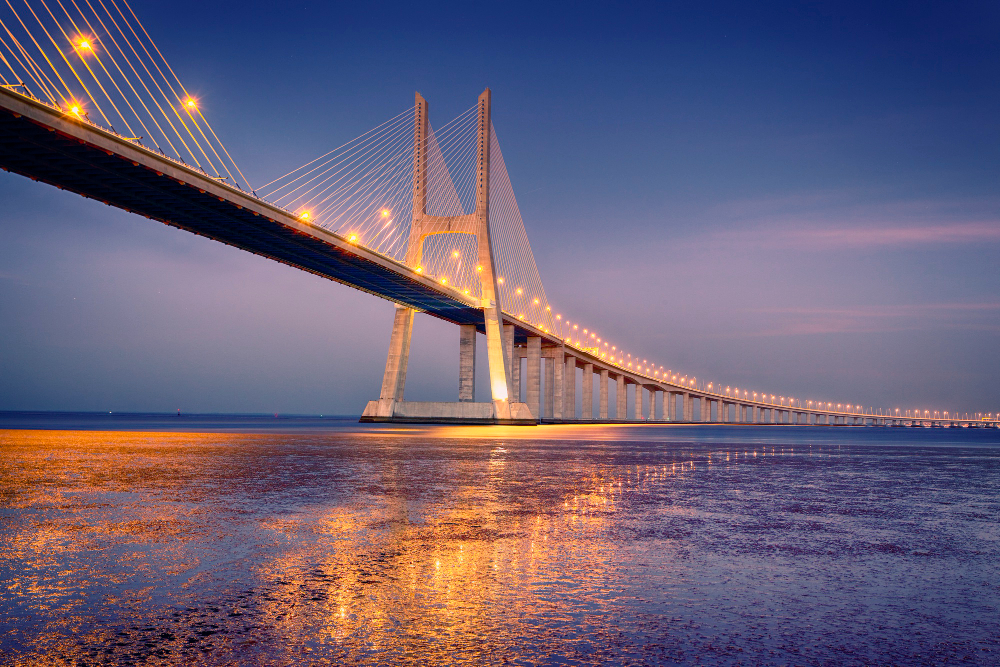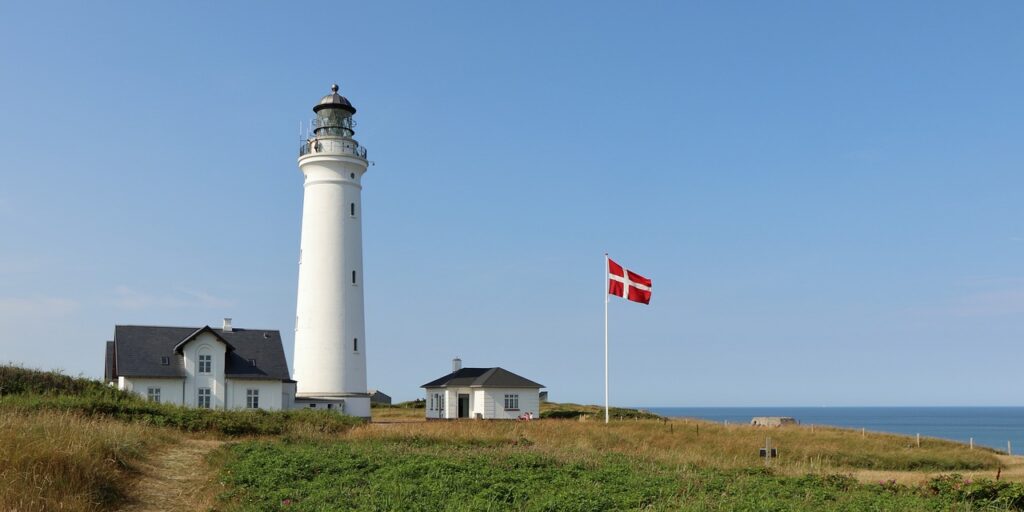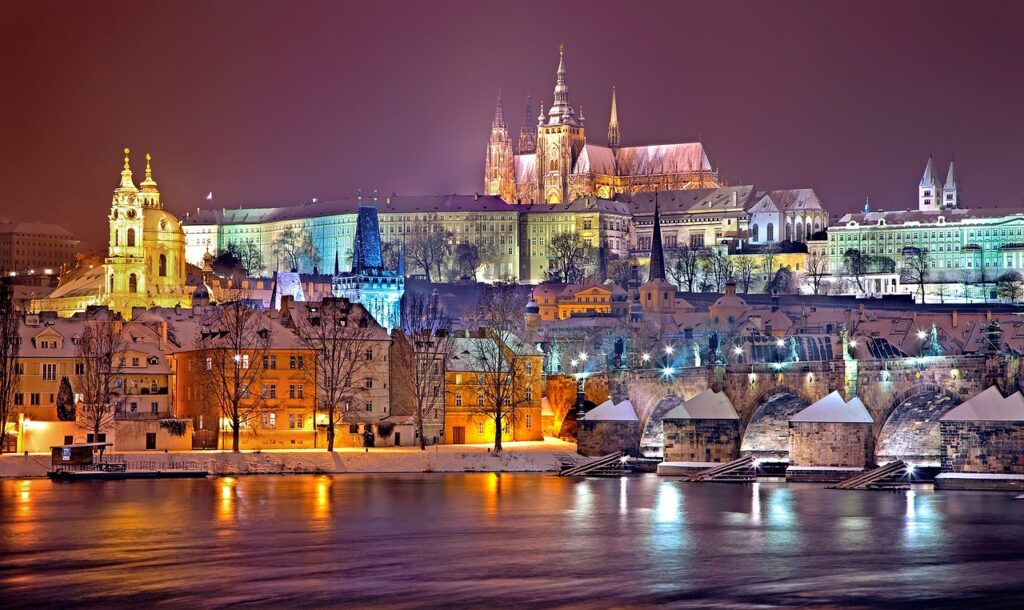In a world dominated by high-speed trains, tight itineraries, and checklists of “Top 10 Instagram able Places,” a quiet travel movement is gaining ground: Hygge Travel. Inspired by the Danish concept of hygge (pronounced Hoo-gah), this style of travel isn’t about ticking off landmarks — it’s about sinking into comfort, connection, and presence. It’s about feeling at home while being away.
So, what exactly is hygge, and how can you infuse your travels with its cozy, calming magic?
What Is Hygge?
At its core, hygge is a feeling — warm lighting, good company, steaming mugs, soft blankets, fire crackles, and the peaceful sense of everything being just right. It’s the Danish recipe for happiness, often practiced through simplicity, slowness, and connection.
Now imagine applying that to how you travel.
Rather than rushing through tourist hotspots, hygge travel invites you to slow down, live like a local, and prioritize comfort, coziness, and emotional well-being.
Why Hygge Travel Matters in 2025
In the post-pandemic, always-on digital age, more travelers are burned out by traditional tourism. The endless scrolling, the pressure to capture every perfect photo, the tight schedules — it can be exhausting.
Hygge travel is the antidote.
It’s not about how much you see — it’s about how deeply you feel, and how peacefully you connect to a place. It invites you to switch off, tune in, and soothe your soul while wandering the world.
How to Travel Hygge-Style: Key Elements
Here’s how to embrace hygge in your next travel adventure:
1. Choose Cozy Overcrowded
Swap major tourist hubs for small towns, countryside stays, and nature retreats. Instead of Rome or Paris, think Bruges, Hallstatt, or a lakeside cabin in Sweden.
Stay in places that feel like home — rustic cottages, warm B&Bs, boutique hotels with fireplaces, or even glamping in the woods.
2. Travel Slowly
Hygge travel is unhurried. Instead of visiting 5 cities in 7 days, choose one place for a week. Wander aimlessly. Sit in cafes for hours. Read by a window. Let time stretch.
The slowness is part of the therapy.
